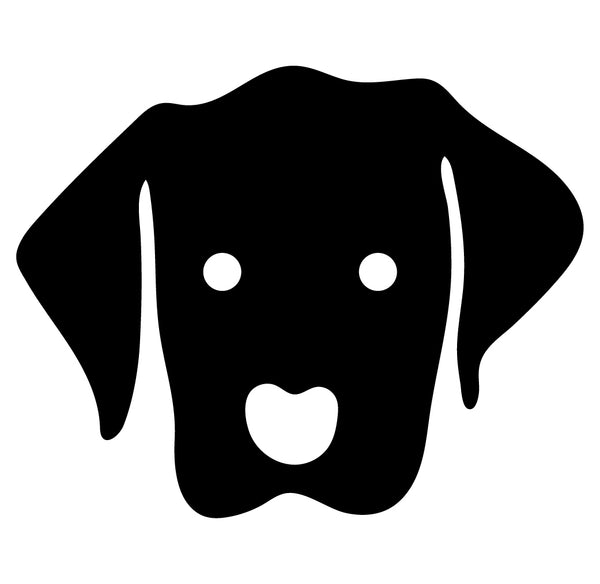Printing on a Vandercock SP20 proofing press
Posted on January 26 2016
Why does letterpress printing cost so much? How does someone print using a letterpress? What makes letterpress printing unique compared to other forms of printing? These are all questions I have heard from friends, family and customers. I hope the following post helps to give you a simplified version of letterpress printing.
I currently rent time at the Baltimore Print Studios in the Station North Arts District of Baltimore, Maryland. At the studio I print on the Vandercock SP20 letterpress. It is a flat bed style letterpress. On the home front, we are preparing our garage for the arrival of a Chandler and Price (C&P) Platen press. I hope to have this press up and running this summer. When it is running, I will include a post on the differences in printing between the two types of presses: flat bed press vs platen press. Each press has its benefits and struggles.
In short, to answer why letterpress printing costs are high, it is important to remember that letterpress printing is a handmade process. In addition, it requires soft paper for the impression to be crisp and clear. I use Crane & Co cotton based Lettra paper for most of my orders. The cotton is post fabric industry cotton. This is a greener paper source than the traditional tree pulp paper.
Now to the fun printing photo gallery.

A clean press is a happy press. This is a picture of 4 rollers before the printing process begins.

I start every order by first attaching the printing plates. I use photo polymer plates to print majority of my orders. To make the plates type high it must be attached to a printing base. The plates have a double stick tape attached to the back to help it attach to the base.

Then I mix all of the inks to be used in the order.

Always counting paper... before printing, during printing, after printing, before trimming, after trimming...on and on.

Starting with a full sheet of paper, I crank the press down the press bed to create the first impression.


At the end of the press bed, the paper guides release the print.

For the final invitation to be trimmed square it must be printed square! To determine if the print is square I use a special ruler with pica markings.

To make the print square on the page I have to adjust the paper feed guides.

Once the print is square to the paper edge, the impression is perfect and the ink color is perfect; I print each invitation one at a time through the press.

I examine each print after each time through the press to make sure there are no ink errors.
This invitation order has 2 colors printed on each piece of the suite. After printing all of the first color, I clean the press and start the process over for the second color.

Here I am printing the second color, a pale sage green. I go through the same process of checking if the 2nd color is square and lining up correctly to the first color.

Finally, the invitation looks perfect with both colors printed!!

After the second color is printed the wedding invitation is ready to be trimmed to its final size.

Each part of the order is printed the same way. Here is a picture of the additional cards for this order.
After many hours the finished order:

A beautiful invitation is the first impression your guests will have of your upcoming wedding.
A special thanks to my photographer and friend, Ana Tantaros of Side-A Photography.
